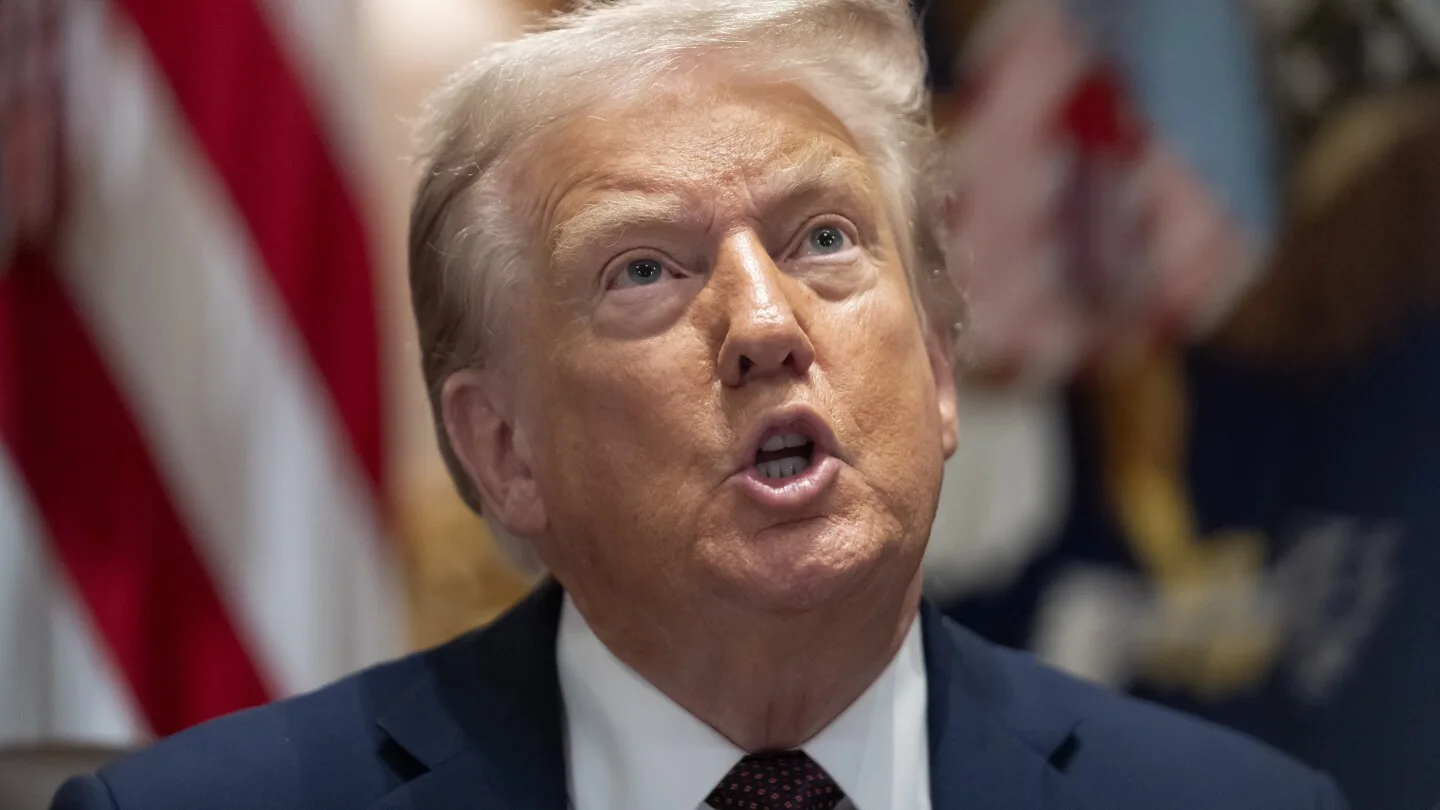Former President Donald Trump, known for his admiration of historical figures, has made a notable shift in inspiration during his second term. In his first term, Trump frequently praised Andrew Jackson for his populist ideals and his fight against political elites. However, as Trump embarks on his second term, his focus has moved toward William McKinley, the 25th President of the United States, renowned for his protective tariff policies and expansionist foreign strategy.
Ohio Officer Fired After Responding to Service Call While Intoxicated
This change became evident during Trump’s second inaugural address, where he described McKinley as a “natural businessman” whose tariff-driven policies enriched America. Trump now emphasizes an economic agenda centered on protective tariffs, American industry, and job creation, echoing McKinley’s legacy.
Who is William McKinley?
William McKinley served as the 25th U.S. President from 1897 to 1901. His presidency is remembered for strong tariff policies, economic protectionism, and territorial expansion, including the annexation of Hawaii and the Philippines after the Spanish-American War. McKinley believed tariffs were essential for safeguarding American industries and strengthening the nation’s economy—a belief that now strongly resonates with Trump’s current strategy.
Trump’s Shift in Focus
During his first term, Trump embraced Jacksonian populism, emphasizing anti-elitism, nationalism, and economic sovereignty. However, his second term signals a strategic pivot toward McKinley’s approach to economic policy.
In his second inaugural speech, Trump praised McKinley’s tariff-driven model and indicated plans to revive similar strategies. One symbolic move was the restoration of the name Mount McKinley for North America’s highest peak, reflecting Trump’s embrace of McKinley’s legacy.
Why Tariffs Matter in Trump’s Second Term
Trump’s renewed tariff agenda aims to protect American workers, strengthen manufacturing, and reduce dependence on foreign markets. Supporters argue that these measures are essential to revive U.S. economic strength in a competitive global environment. Critics, however, warn that aggressive tariffs could lead to trade wars and market instability, similar to historical challenges during McKinley’s era.
Public and Social Media Reaction
The shift from Jackson to McKinley has sparked mixed reactions. Supporters claim that tariffs are the backbone of economic independence and essential for protecting American jobs. Critics highlight the risks of trade retaliation and global economic tension.
Social media discussions reveal curiosity about Trump’s historical pivot, with trending debates on whether McKinley-style tariffs can work in today’s interconnected global economy.
The White House Position
According to official statements, the administration views McKinley’s policies as a blueprint for economic resilience and trade security. The White House emphasizes that this strategy reflects a “workers-first” agenda, focusing on creating jobs and boosting American manufacturing.
What Happens Next?
As Trump’s second-term policies unfold, the administration is expected to pursue aggressive trade negotiations, higher tariffs on foreign imports, and incentives for U.S. industries. The long-term impact of these measures on global trade relations and domestic markets remains uncertain.
Conclusion
Trump’s pivot from Andrew Jackson to William McKinley symbolizes a new economic direction for his second term—one focused on protective tariffs, trade nationalism, and industrial growth. While supporters see this as a path to economic revival, critics warn of potential trade conflicts and global repercussions. This evolving strategy will likely define Trump’s legacy in shaping America’s economic future.
